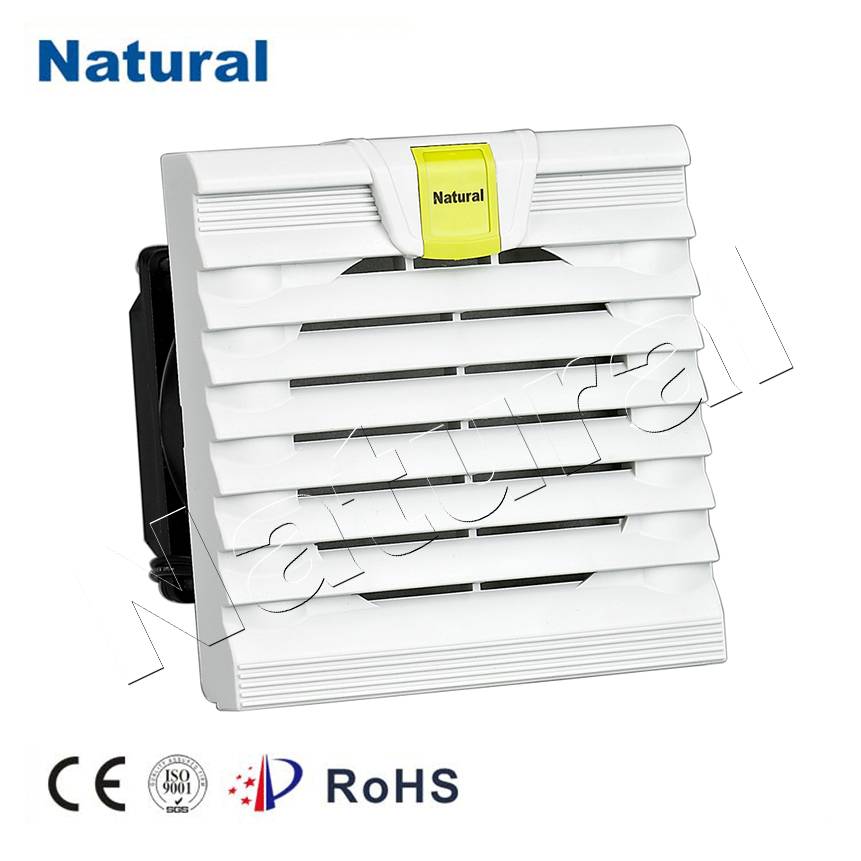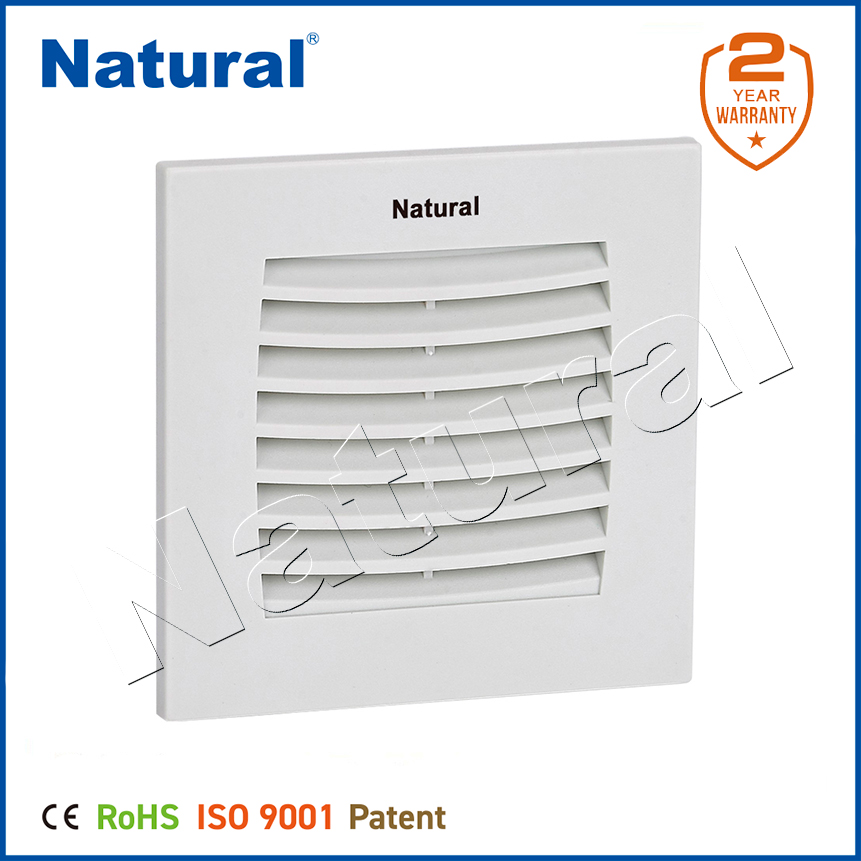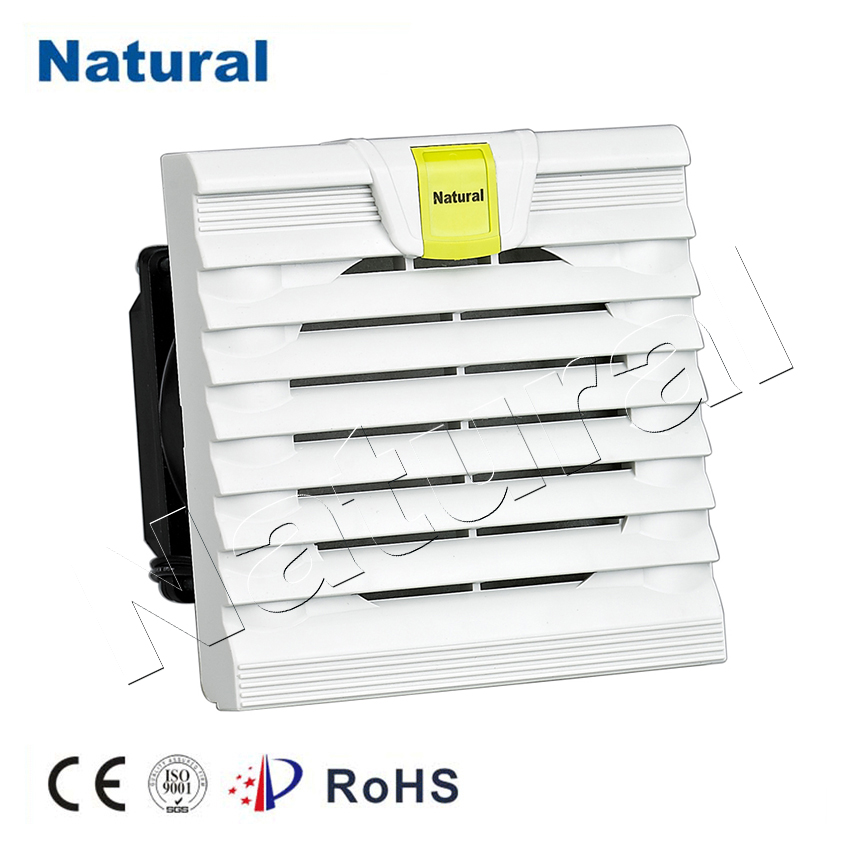In today’s world, maintaining clean and safe air quality is paramount, particularly in environments where dust, allergens, and pollutants can impact health and productivity. One vital tool for achieving this is the cabinet filter, a device designed to enhance air purification in various settings, including industrial, commercial, and residential spaces.

Cabinet filters are typically housed within a cabinet or enclosure, integrating seamlessly into existing HVAC (Heating, Ventilation, and Air Conditioning) systems. These filters are engineered to capture particles of various sizes, from large dust particles to microscopic allergens, ensuring that the air circulating through the system is as clean as possible. The importance of air filtration cannot be overstated, as poor air quality can lead to health issues ranging from respiratory problems to allergies and even chronic illnesses.

The functionality of cabinet filters is largely dependent on their design and the materials used in their construction. Most cabinet filters employ multiple stages of filtration. The first stage usually involves a pre-filter that traps larger particles, thereby extending the lifespan of subsequent filters. Following this, a HEPA (High-Efficiency Particulate Air) filter is often used to capture smaller particles, achieving a filtration efficiency of up to 99.97% for particles as small as 0.3 microns. This combination of filters ensures that both coarse and fine particles are effectively removed from the air.
